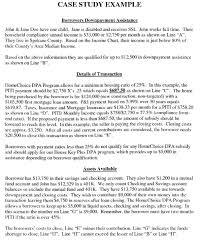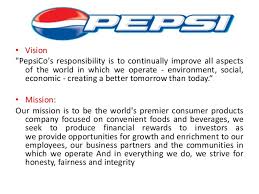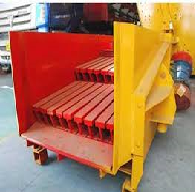
Administration Scenarios Paper
Order Instructions:
Administration Scenarios
The assignment is to read the following three scenarios. Using the concepts and skills learned in class, students will have to identify the strategy and methods to achieve the goal of the scenario. The course material and prior assessments will serve as building blocks to the final assessment. The Final Project is valued at 30 points
Content requirements: Your report should include the following:
•An Introduction that explains the purpose of the paper
•Your assessment of the assignment from the Commissioner
•A detailed description of your strategy and method(s) to achieve the assigned goals
•A “References” section, in which you cite the course instructional materials and other sources, using APA citation format
NOTE: Your report of each Assignment should be supported by a minimum of one (1) outside resource (not the course instructional materials) for a total of not less than three (3) outside resources for the Final Project.
Project Assignment
You are the Director of Programs for a large state correctional system. The Commissioner comes to you with three (3) projects. Each project has specific goals. Unfortunately, achievement of these goals cannot require an increase in the systems’ administrative or operational budget. Specifically precluded are any increases in staffing or allotment for new equipment.
Assignment 1
With few exceptions, every inmate in the system is destined to return to the community. Successful transition from institutional life to community-based supervision is dependent upon the pre-reentry program the inmate will complete prior to parole. The goal is to develop a detailed outline of the instructional curriculum for inmates eligible for the transition and reentry program and a plan to coordinate the training of staff members, both inside the institutions and in the Division of Parole.
Assignment 2
The life blood of every correctional system is its budget. In order to plan for future budget needs, the Commissioner must be able to project future priorities for the correctional systems over the next decade. As Program Director your assigned goal is to identify the emerging and driving forces over the next ten years that the system will need to manage in order to continue to be effective? This projection must include what priorities will need to be set, and what changes will need to be made in staffing, technology, training, and management and supervision to meet these new challenges.
Assignment 3
Within the Commissioner’s correctional system a large medium security prison is nearing completion. This institution will house 1,000 male inmates transferred in from around the state. The transferees have already been identified. All are convicted felons and their projected average length of institutional incarceration is approximately 37 months. As the Programs Director your goal is to identify which traditional correctional programs should be replicated in the new institution as well as any new programs to meet the needs of these offenders. Describe each program, the eligibility criteria for inmates (if any), and the intended outcomes.
SAMPLE ANSWER
Administration Scenario
Assignment 1
The reentry curriculum will involve: ensuring immediate access to shelter, clothing and food, providing ex-offenders with access to faith-based mentoring and support, helping them to acquire personal identification card and driver’s license, access to dental and/or medical care, provision of mental health services and substance abuse treatment, and helping them to develop career-wise and to acquire vocational training. All staff members will be trained on these aspects in order to ensure effective supervision of the ex-offenders (Porporino, 2010).
Assignment 2
Despite the fact that corrections consist of their own special requirements, there is need to improve information-sharing, social media monitoring, staff training, and automated translation tools. This will help to ensure effectiveness of the institutions for the next 10 years. The policymakers also need to change the practices and policies of the institutions in order to establish and develop incentives as well as other mechanisms for shaping behavior. There is also need for research and analysis in order to develop new knowledge for guiding practice in regards to improvement of working groups and acquisition of technologies that have the ability of addressing the complexities of institutional and community settings.
Assignment 3
The decision as to whether an offender should be allowed parole is made by the court. Offenders who qualify to be released on parole get automatic attention of the Parole Board and receive consideration at the right time (Alabama Dept of Corrections). The Board is notified of the inmate through a community corrections officer who presents it with a parole assessment report. When inmates are brought to the correctional institutional, correctional specialists employ various tools for purposes of assessing each inmate. This helps to ensure that every inmate is placed in the right program at the right time.
References
Alabama Dept of Corrections. Re-Entry and Pre-Release Program. Retrieved from: http://www.doc.state.al.us/ReEntryInfo.aspx
Porporino, F. J. (2010). Bringing sense and sensitivity to corrections: From programmes to ‘fix’offenders to services to support desistance. What else works? Creative work with offenders, 61-85.
We can write this or a similar paper for you! Simply fill the order form!












